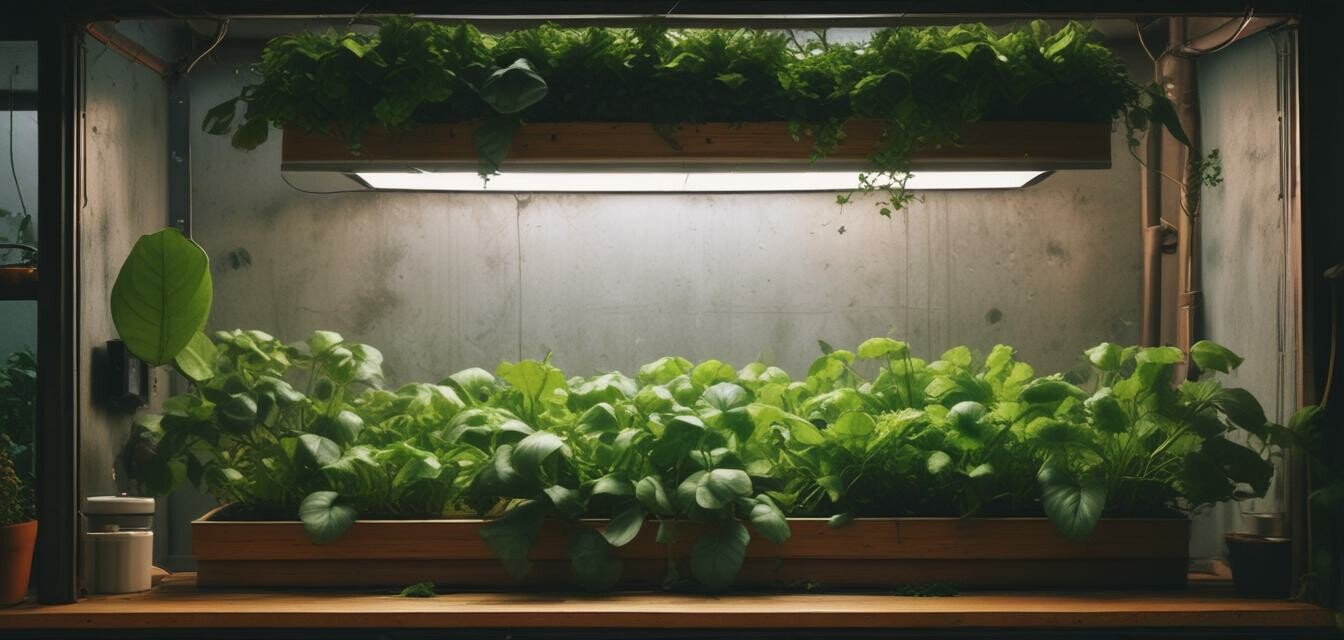
Creative DIY Hydroponic Projects for Home
Key Takeaways
- Hydroponic gardening allows you to grow plants without soil, using nutrient-rich water.
- DIY hydroponic systems can be made using everyday materials, making it accessible for everyone.
- Whether you're a beginner or an experienced gardener, there's a project for you!
- Experimenting with hydroponics can enhance your gardening experience and increase your yield.
Get inspired with creative DIY hydroponic projects for home gardening that utilize everyday materials and are easy to set up for beginners and enthusiasts alike. Hydroponic systems are not just efficient but can also be a fun and creative way to bring greenery into your home. Below, we will explore several engaging DIY projects that cater to various skill levels.
Why Choose Hydroponic Gardening?
Hydroponic gardening eliminates the need for soil and allows for more efficient use of water and space, making it perfect for urban settings or small apartments. The controlled environment of hydroponics can lead to faster growth rates and higher yields compared to traditional gardening.
Popular DIY Hydroponic Projects
Below are some of the most popular DIY hydroponic projects you can try at home.
| Project | Difficulty Level | Time Required |
|---|---|---|
| Vertical Hydroponic Tower | Intermediate | 3-4 hours |
| Kraken System | Advanced | 5-6 hours |
| Simple PVC Pipe System | Beginner | 2-3 hours |
| Bucket Hydroponic System | Beginner | 1-2 hours |
| Water Garden | Intermediate | 4-5 hours |
1. Vertical Hydroponic Tower
A vertical hydroponic tower is a space-saving design ideal for homes with limited space. Using materials such as plastic bottles or PVC pipes, you can create a vertical setup to grow multiple plants in a small area.
Materials Needed
- PVC pipes or plastic bottles
- Net cups
- Growing medium (e.g., clay pellets)
- Nutrient solution
- Water pump (optional)
Steps to Create
- Cut the PVC pipes or bottles to your desired height.
- Drill holes for the net cups.
- Secure the pipes vertically and fill them with the chosen growing medium.
- Insert net cups filled with seedlings into the holes.
- Connect a water source for nutrient delivery.
2. Simple PVC Pipe System
This project is ideal for beginners and can be built using inexpensive materials from a hardware store. You can grow a variety of herbs and lettuce in this uncomplicated system.
Materials Needed
- PVC pipe (4-inch diameter)
- End caps
- Net pots
- Nutrient solution
Steps to Create
- Cut PVC pipe into sections, typically 3-4 feet long.
- Drill holes in the top where net pots will sit.
- Attach end caps to both ends of each section.
- Fill with nutrient solution, and place it in a sunny area.
3. Bucket Hydroponic System
This is the easiest and quickest DIY project. It involves using buckets and net cups to create a simple hydroponic setup.
Materials Needed
- 5-gallon bucket
- Net cups
- Nutrient solution
- Growing medium
Steps to Create
- Drill holes in the bucket lid for the net cups.
- Fill net cups with growing medium and seedlings.
- Fill the bucket with nutrient solution.
- Place net cups in holes and ensure they touch the nutrient solution.
4. Water Garden
A water garden combines aesthetics and functionality, often incorporating decorative elements alongside hydroponic setups. Use your creativity to make a small water feature that grows herbs or flowers.
Materials Needed
- Container or pond
- Nutrient solution
- Plants (water-friendly types)
Steps to Create
- Select a large container or pond.
- Fill it with water and nutrient solution.
- Arrange plants in a way that they can thrive in the water.
Tips for Successful Hydroponic Gardening
Beginners Tips
- Start with easy-to-grow plants like lettuce or herbs.
- Monitor pH levels regularly.
- Ensure proper lighting for photosynthesis.
- Maintain cleanliness to avoid algae growth.
- Experiment and adjust your methods based on results.
Conclusion
DIY hydroponic projects not only allow you to grow plants efficiently but also provide hands-on experiences that enhance your gardening skills. Whether you opt for a vertical tower or a simple bucket system, these creative hydroponic solutions enable you to enjoy the benefits of fresh produce right at home. For more information on hydroponic gardening essentials, check our [Nutrient Solutions](/products/nutrient-solutions) and explore additional projects in our [DIY Projects](/blog/diy-projects) section!
Pros
- Utilizes everyday materials
- Space-efficient systems
- Encourages creativity in design
- Can lead to faster plant growth
Cons
- Initial setup can require some investment
- Requires regular monitoring and maintenance
- Can be complex depending on the system chosen

